White Pine
lcgun4
17 years ago
Related Stories
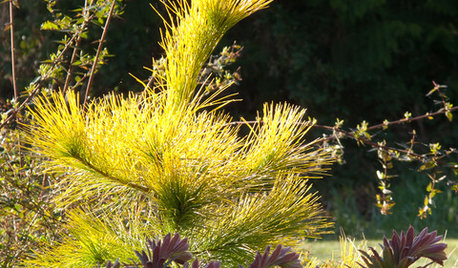
GARDENING GUIDESGreat Design Plant: Louie Eastern White Pine
This stunning golden conifer will bring a smile to your face and add a ray of sunshine to your winter garden
Full Story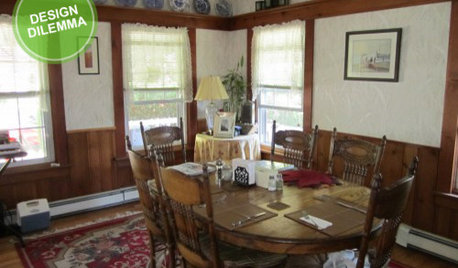
Design Dilemma: Keep or Nix Knotty Pine?
Help a Houzz User Choose a Paint Color for a Cohesive Design
Full Story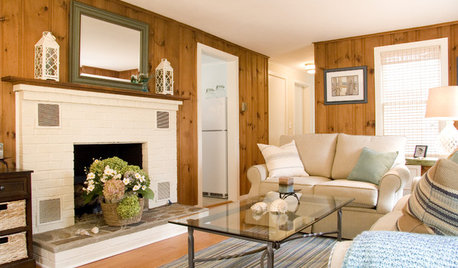
WALL TREATMENTSThese Are Not Your Grandfather’s Pine Walls
The knotty look went from popular to pariah in years past, but today’s designers are finding new and stylish ways to embrace it
Full Story
Pine Cones: Not Just for Christmas
These natural treasures from the trees testify to Mother Nature's eye for great design
Full Story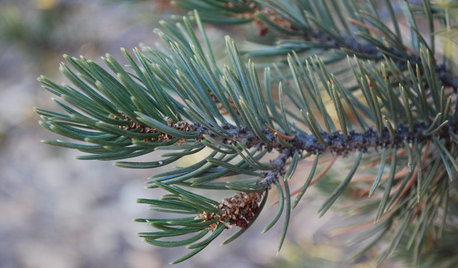
TREESGreat Design Plant: Pinyon Pine
You might just go nuts for this tough evergreen native to the Western U.S.
Full Story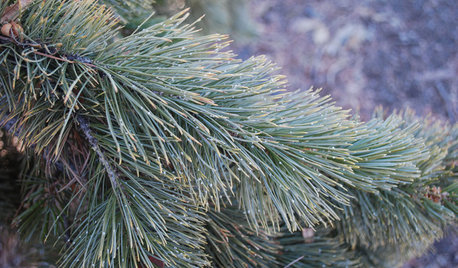
GARDENING GUIDESGreat Design Plant: Rocky Mountain Bristlecone Pine
Try this drought-tolerant small evergreen for its sculptural beauty and slow-growing nature
Full Story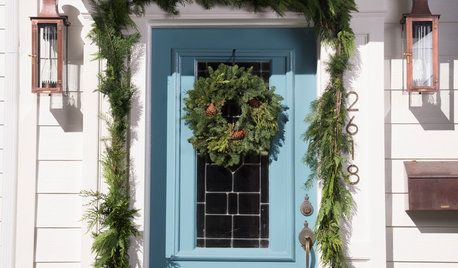
CHRISTMASQuick and Easy Christmas Decor With Greens, Wreaths and Pine Cones
When you're short on time, focus on the basics to make your house festive and fragrant
Full Story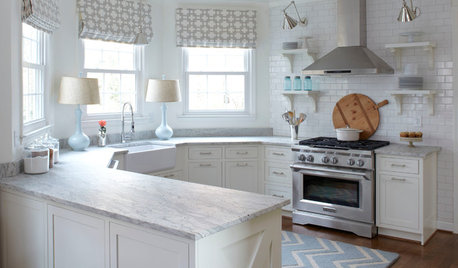
KITCHEN DESIGNHow to Keep Your White Kitchen White
Sure, white kitchens are beautiful — when they’re sparkling clean. Here’s how to keep them that way
Full Story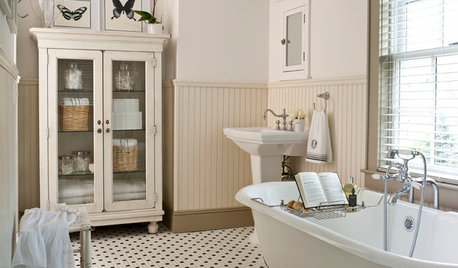
MOST POPULARMust-Try Color Combo: White With Warm Off-White
Avoid going too traditional and too clean by introducing an off-white palette that brings a touch of warmth and elegance
Full Story
DECORATING GUIDESHoliday Decor Goes Fresh and Rustic
Heavenly scented pine branches and other decorations courtesy of the outdoors make for naturally lovely displays
Full Story









ken_adrian Adrian MI cold Z5
spruceman
Related Professionals
Ballenger Creek Landscape Architects & Landscape Designers · Harrison Landscape Architects & Landscape Designers · Braintree Landscape Contractors · Byram Landscape Contractors · Fair Lawn Landscape Contractors · Fair Oaks Landscape Contractors · Fairfield Landscape Contractors · Flagstaff Landscape Contractors · Fruit Heights Landscape Contractors · Las Vegas Landscape Contractors · Mason Landscape Contractors · Melrose Landscape Contractors · Monterey Landscape Contractors · Norwalk Landscape Contractors · South Portland Landscape Contractorspineresin
lcgun4Original Author
james_va
ken_adrian Adrian MI cold Z5
spruceman
smallmouth1
lcgun4Original Author
wisconsitom
spruceman
wisconsitom
spruceman
smallmouth1
spruceman
heptacodium
spruceman
wisconsitom
basic
conifers
wisconsitom